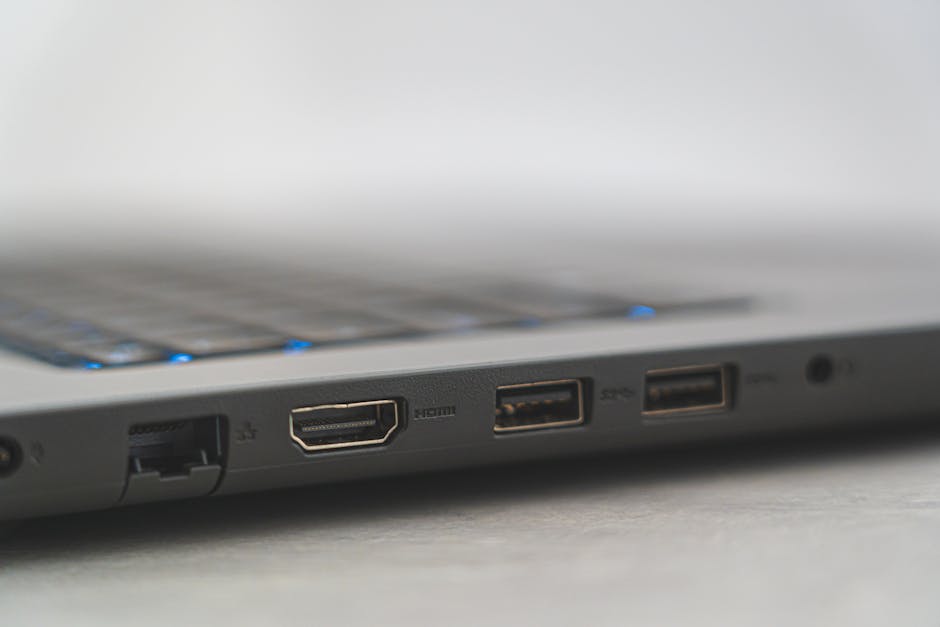**Ultimate Guide: Top 10 HDMI Cables for Level Up Your Setup**
Let&s be honest, our tech setups can quickly become a tangled mess of wires. A frustrating, time-wasting tangle that detracts from the enjoyment of your favorite movies, games, and work. But it doesn’t have to be this way.
Building a truly satisfying and functional home entertainment or workstation starts with a solid foundation – and that foundation begins with your cables. As a seasoned tech enthusiast with over 15 years experience troubleshooting and optimizing home entertainment systems, I’ve seen firsthand the impact a well-organized and properly connected setup can have. This isn&t just about aesthetics; it’s about performance, reliability, and minimizing headaches.
Today, we&re diving deep into how to level up your entire setup, starting with the critical role of the HDMI cable – and expanding outwards to ensure every element is working in harmony.
The HDMI cable is arguably the most important connection in any modern home theater or gaming setup. It transmits high-definition video and audio, and choosing the right one can dramatically improve your viewing experience. A poor quality cable can result in blurry images, dropped audio, or even connection issues.
When selecting an HDMI cable, consider these factors: bandwidth, length, and shielding. Higher bandwidth cables (like those supporting 8K) are necessary for 4K and higher resolutions. Longer cables can experience signal degradation, so investing in a good quality, reinforced cable is crucial.
Finally, shielding protects against interference, ensuring a clean signal. A robust 4K HDMI cable is an investment you won’t regret.
Before you start buying cables, you need to understand cable compatibility. HDMI has evolved over the years, introducing new versions with enhanced features. HDMI 2.1 is the latest standard, offering incredible bandwidth for 8K and high refresh rate gaming.
However, older devices might only support HDMI 2.0. Make sure your source device (Blu-ray player, streaming device) and your display support the same version to avoid limitations. Check the specifications of both devices carefully.
For example, if you&re upgrading to a 4K HDMI cable, ensure your TV and soundbar also support 4K resolution.
Essential Cables for a Complete Setup
While the HDMI cable is central, a comprehensive setup requires a range of other cables. Here’s a breakdown of what you need:
- HDMI Cables: As we&ve discussed, these are vital for connecting your source devices to your display. Consider purchasing a bundle for future expansion.
- USB-C to USB-A Cable: Increasingly, devices like laptops and smartphones utilize USB-C. A USB-C to USB-A cable provides compatibility with older peripherals and monitors.
- Ethernet Cable: For a stable and fast home network connection, an Ethernet cable is essential. Wi-Fi can be unreliable, especially for streaming 4K content.
- Charging Cables: Don&t overlook the importance of reliable charging cables. Ensure you have the correct cables for all your devices – iPhones, Android phones, tablets, etc.
- Audio Cables: For a premium audio experience, consider using optical audio cables (TOSLINK) or high-quality RCA cables to connect your audio devices.
- Display Port Cables: DisplayPort is another viable option for connecting your monitor, particularly if you have a high-refresh-rate gaming monitor.
Optimizing Your Home Network and Streaming
A fast and reliable home network is critical for streaming high-resolution content. Ensure you have a strong Wi-Fi signal or, better yet, connect your devices directly to your router using an Ethernet cable. Consider upgrading your router to a newer model that supports the latest Wi-Fi standards (Wi-Fi 6 or Wi-Fi 6E). Also, check your internet speed to ensure it’s sufficient for streaming 4K content.
Audio Cables and Surround Sound
To truly elevate your home theater experience, consider your audio setup. Connecting your soundbar or receiver with high-quality audio cables is crucial. Optical audio cables (TOSLINK) are a popular choice for connecting to TVs, while RCA cables are a more traditional option. For a full surround sound experience, you&ll need speaker wire to connect your speakers to your receiver.
Investing in high-quality cables now can save you headaches down the road. As technology evolves, you&ll want cables that can keep up. Consider cables that support the latest HDMI standards (HDMI 2.1) and future technologies.
Also, think about cable management – a well-organized setup is easier to troubleshoot and maintain. Proper cable routing and bundling can prevent tangles and signal interference. It&s a surprisingly important detail!
Shop Related Products on eBay
Find the best deals on these recommended products:
New
Ships from US
New
Ships from US
New
Ships from US
New
Ships from US
As an eBay Partner, we earn from qualifying purchases. Prices and availability subject to change.
… (Content truncated for length) …














4 comments